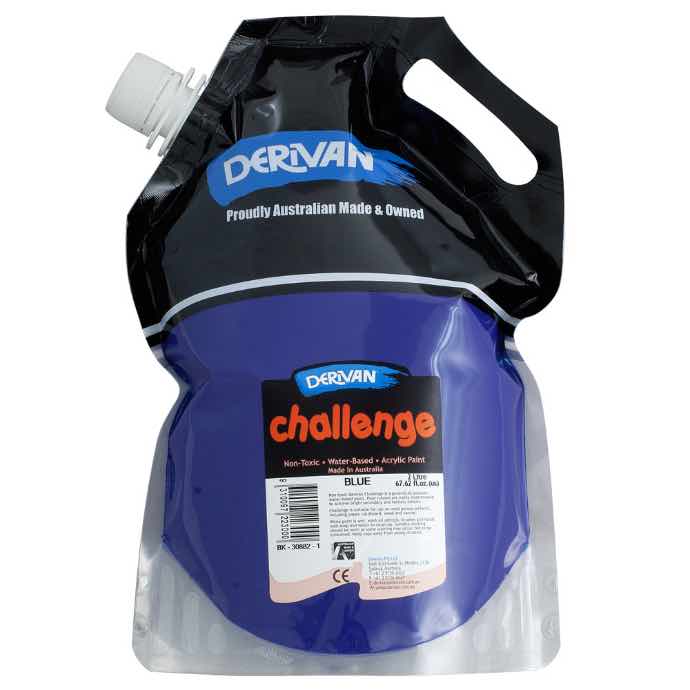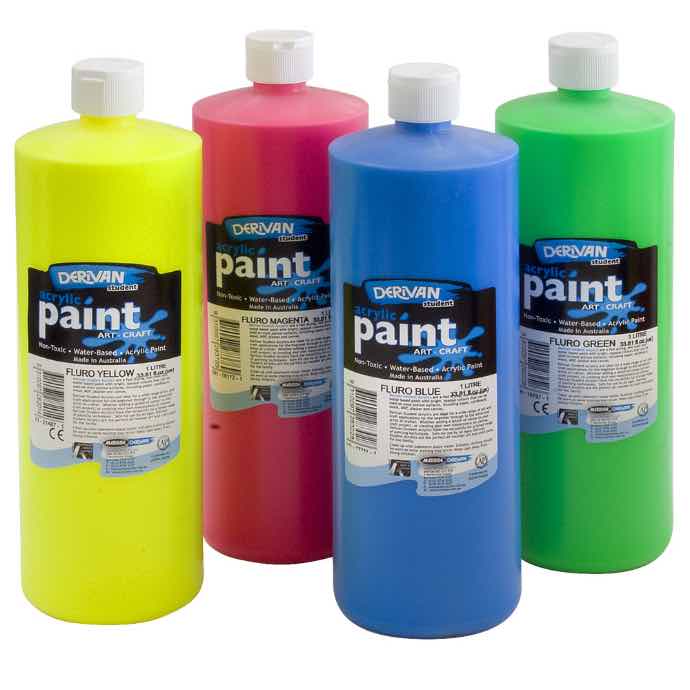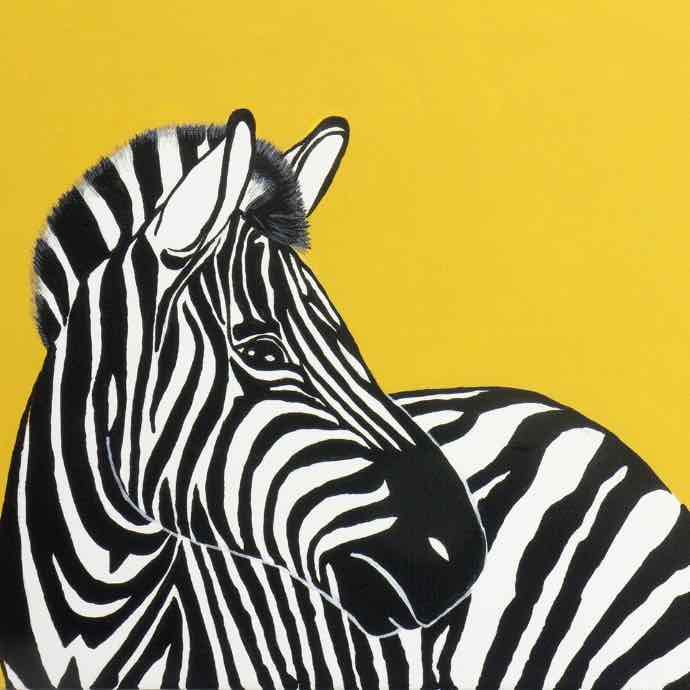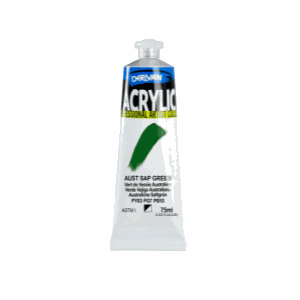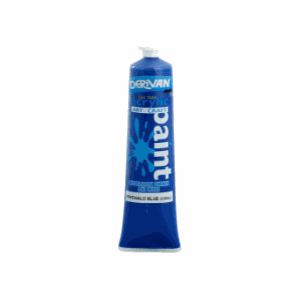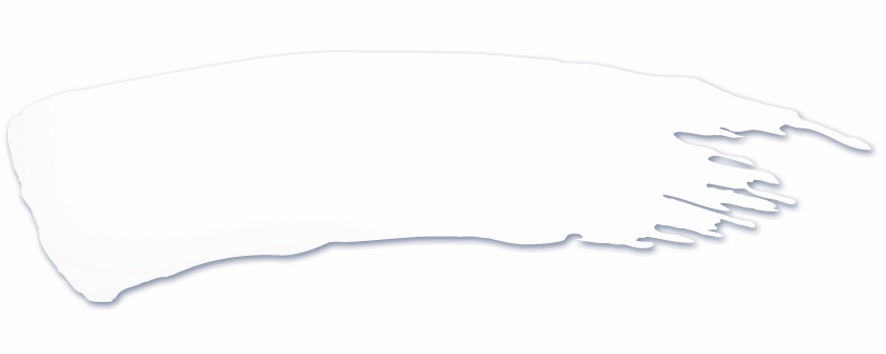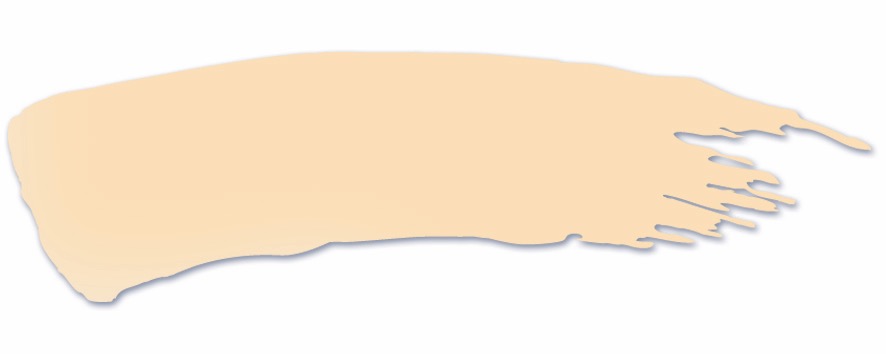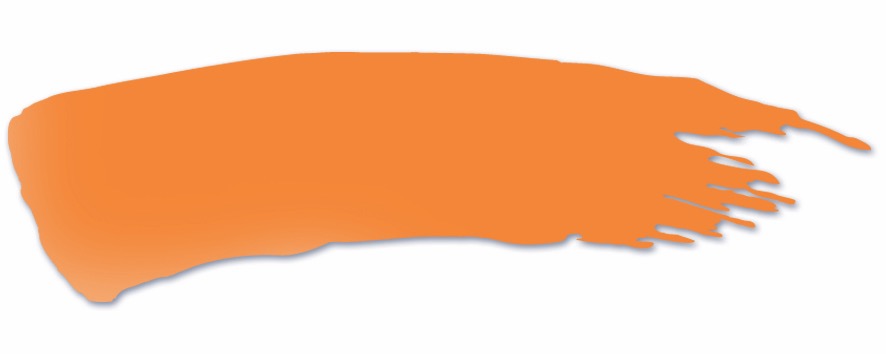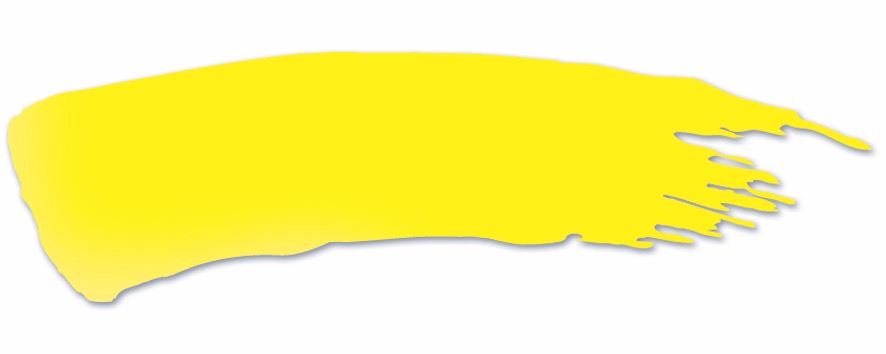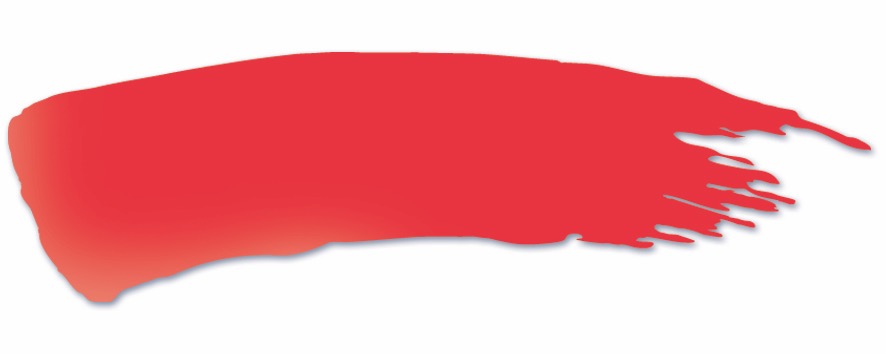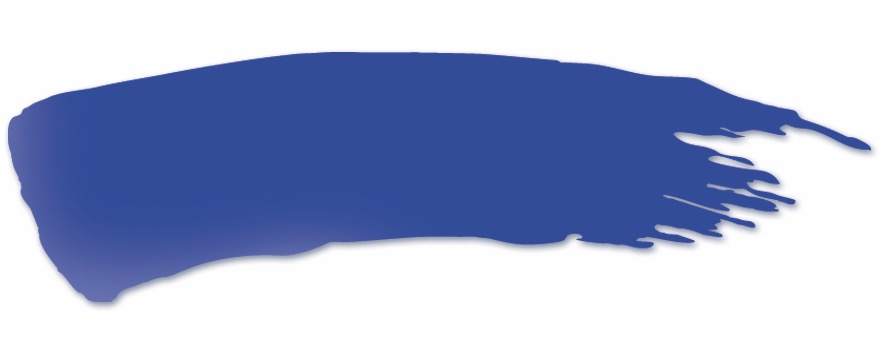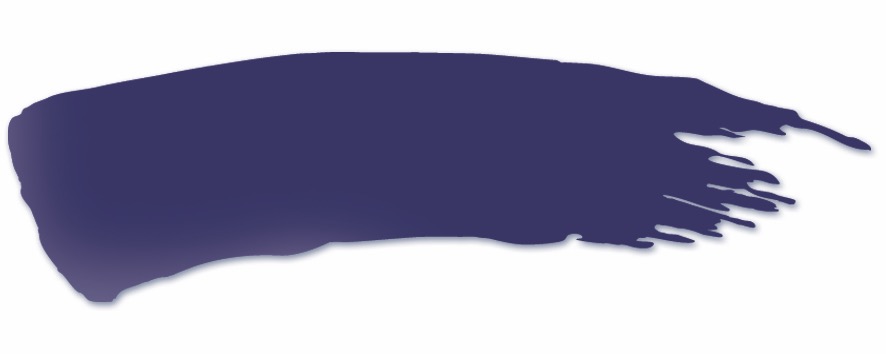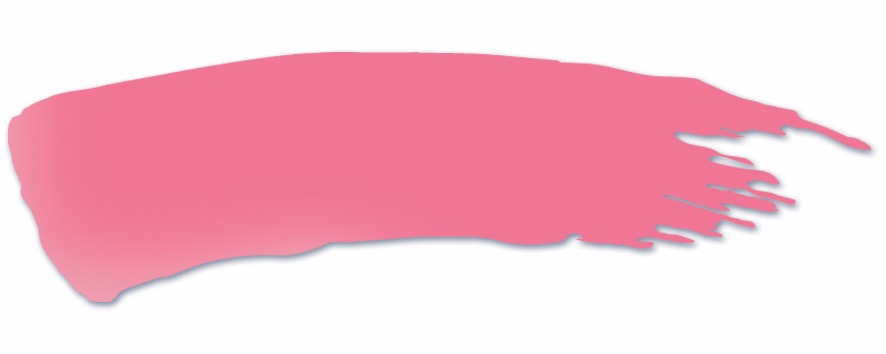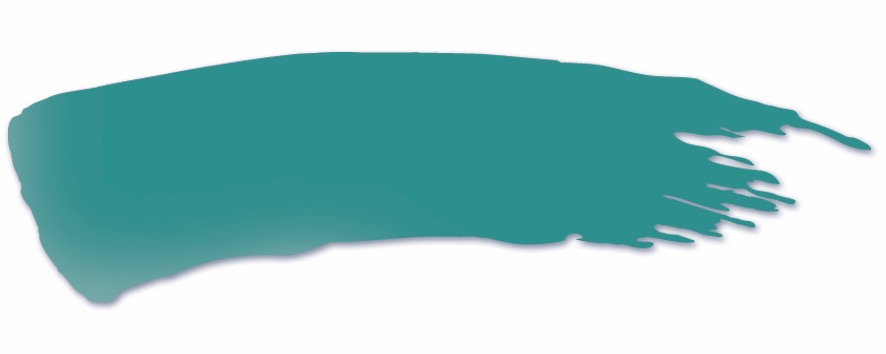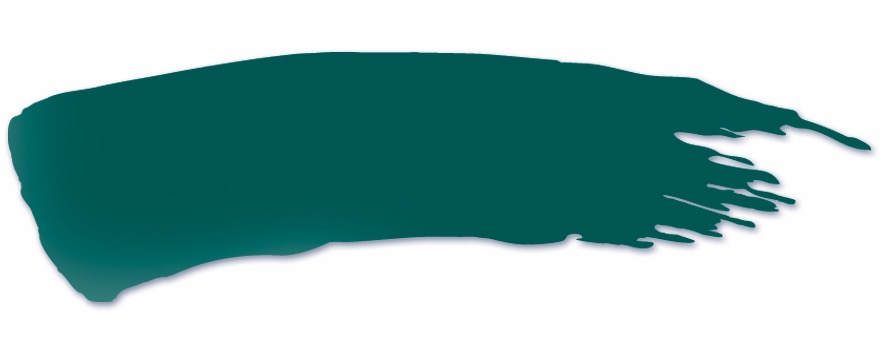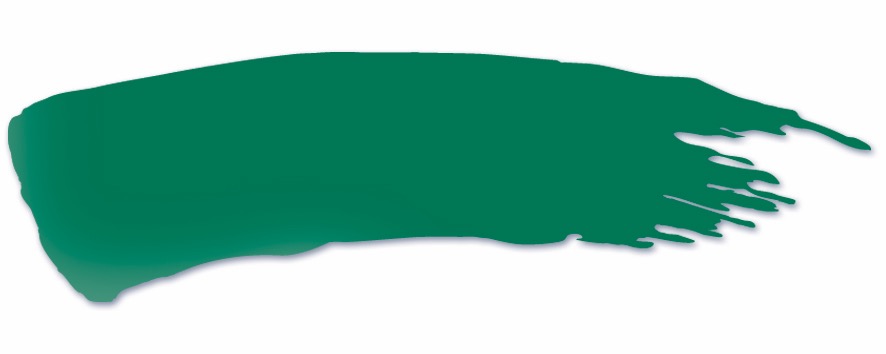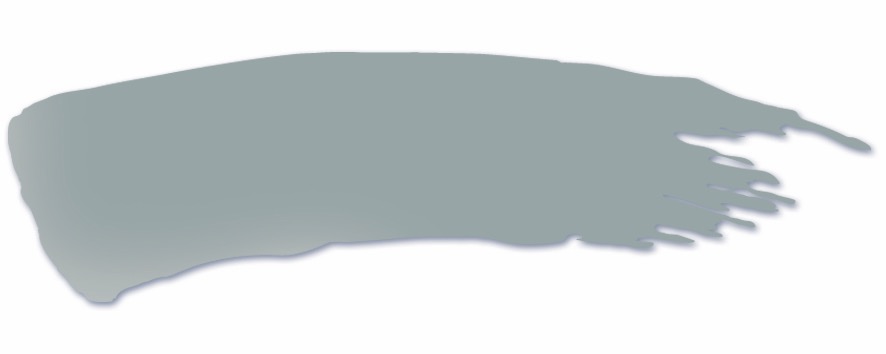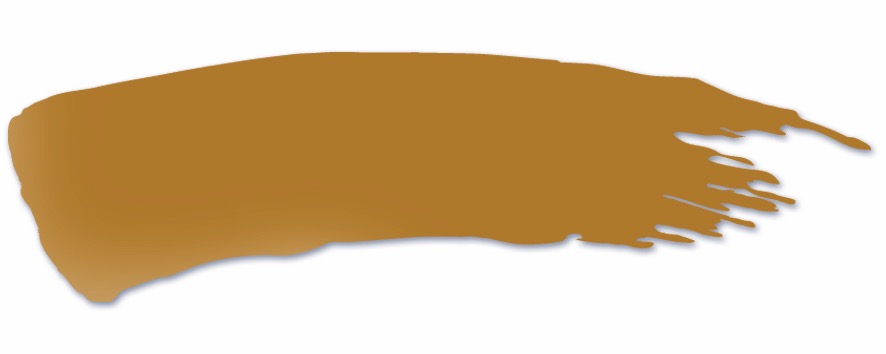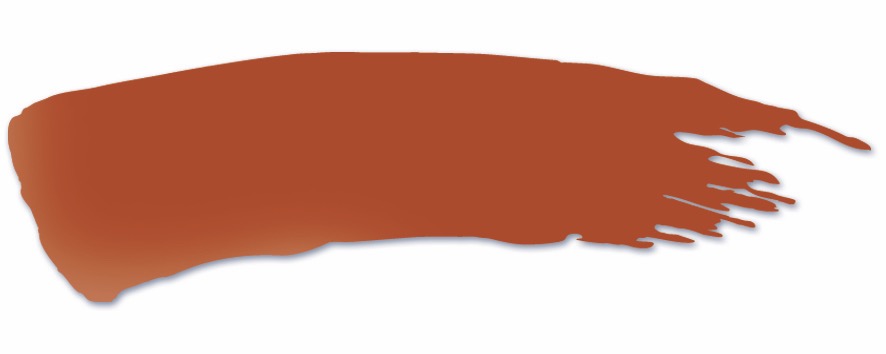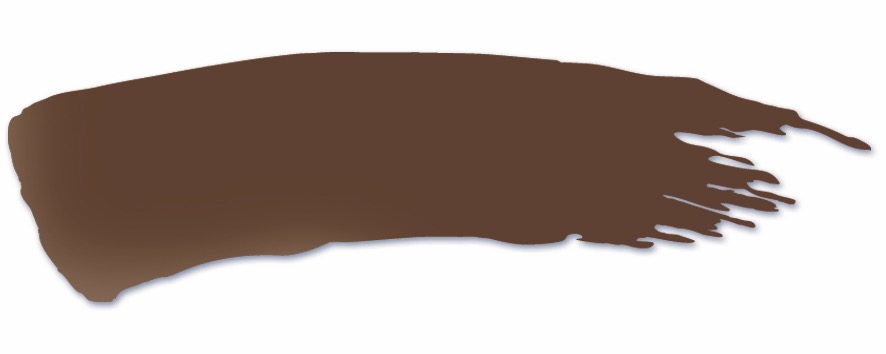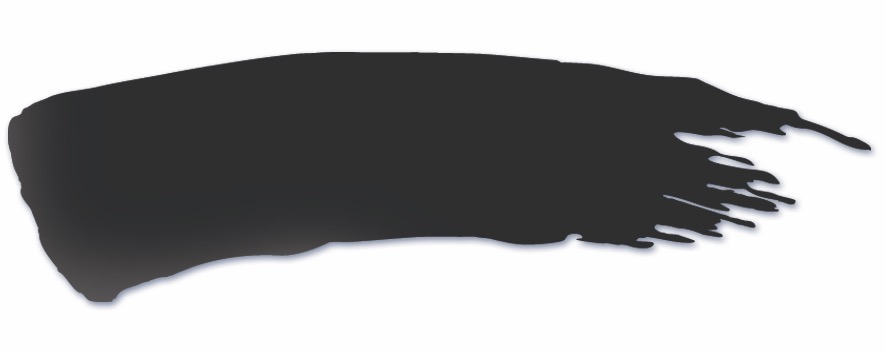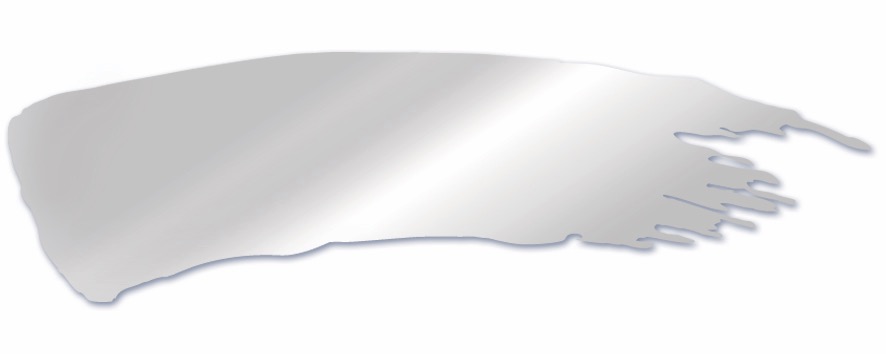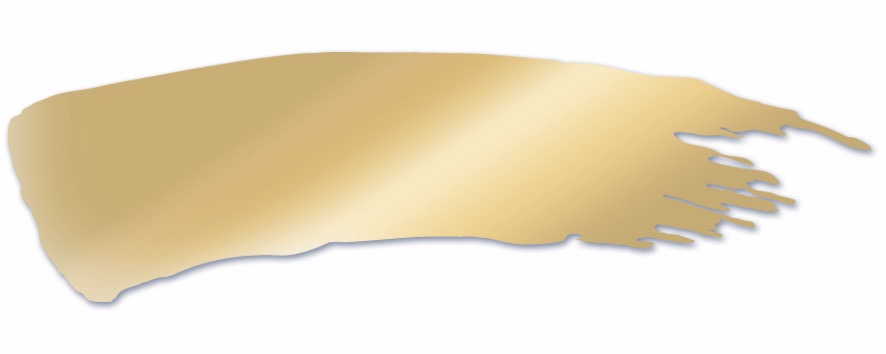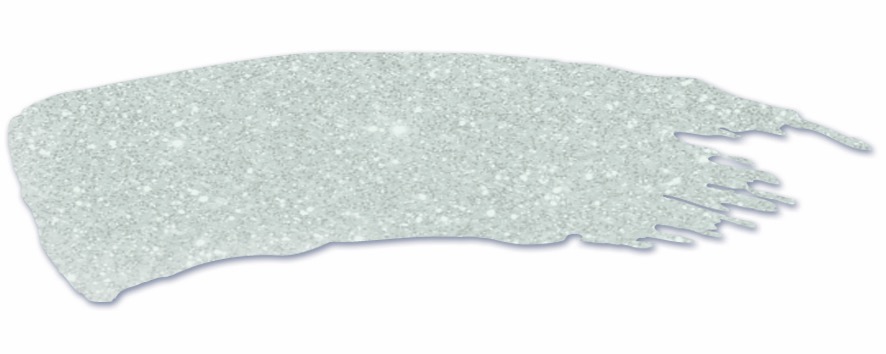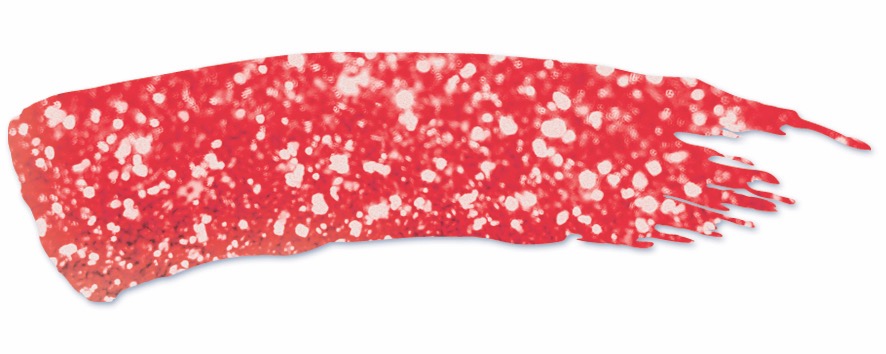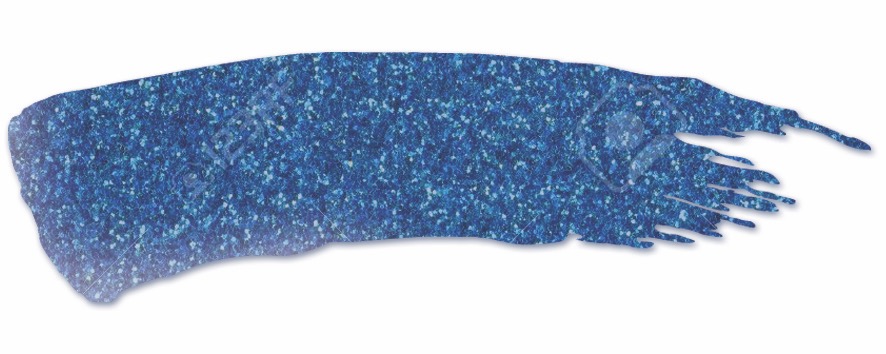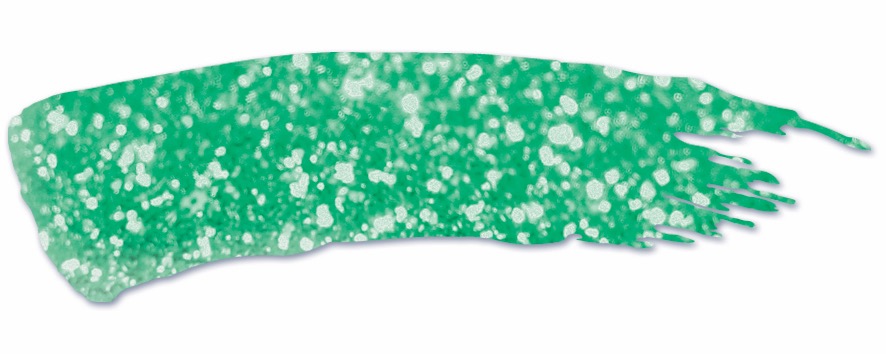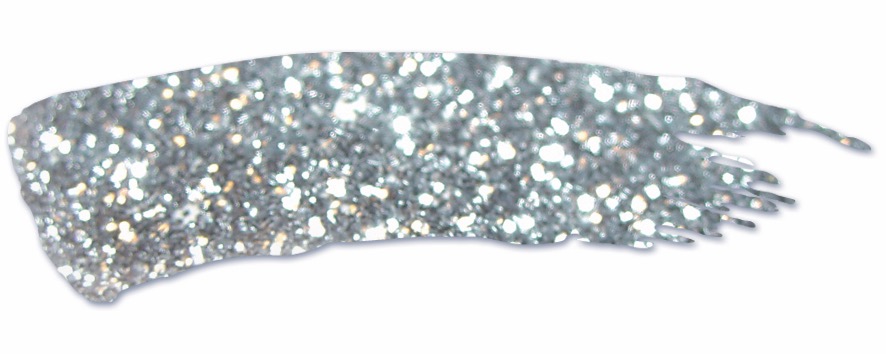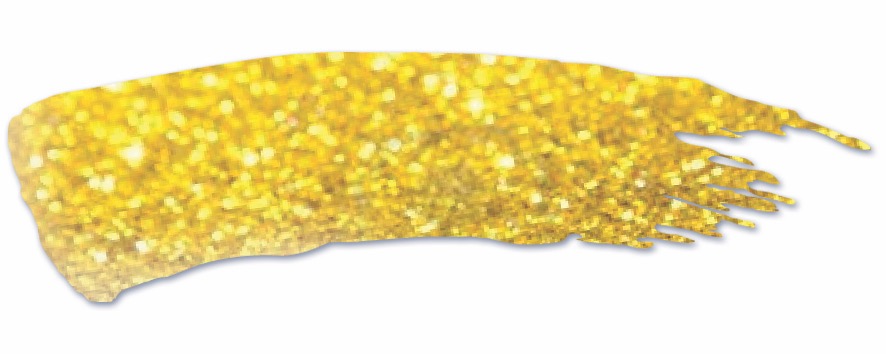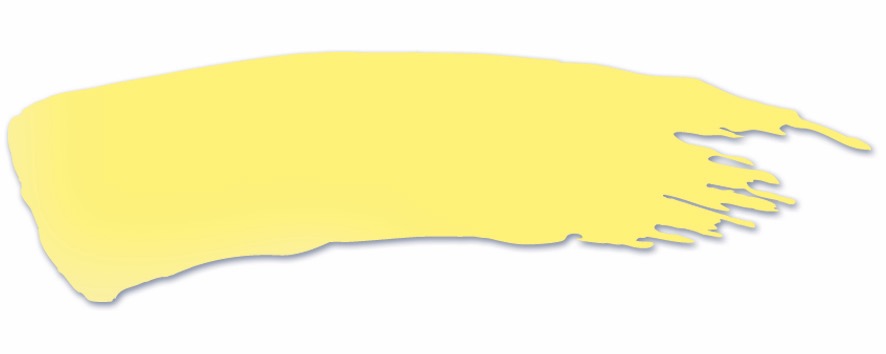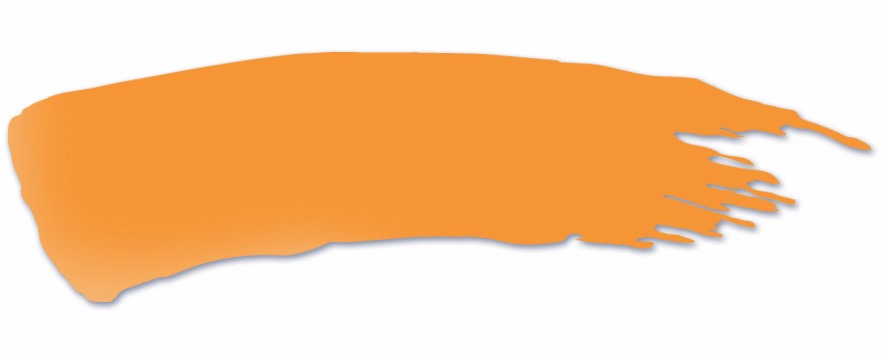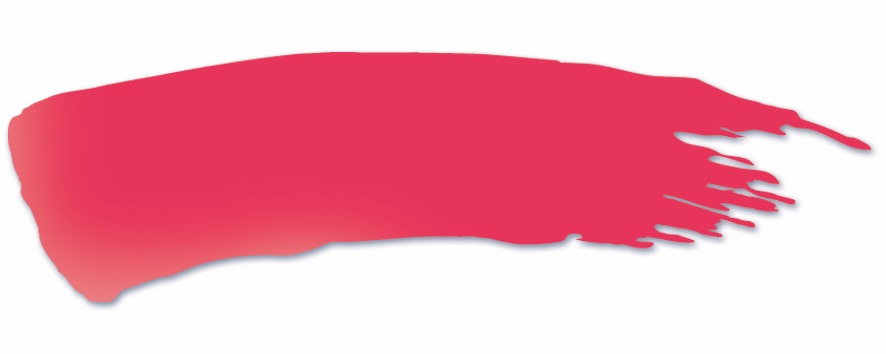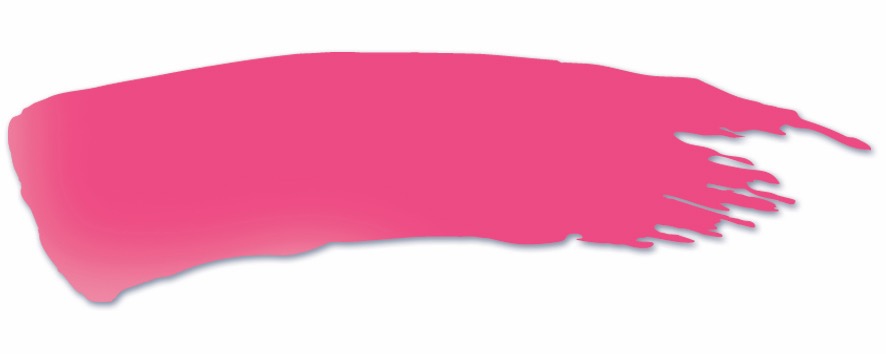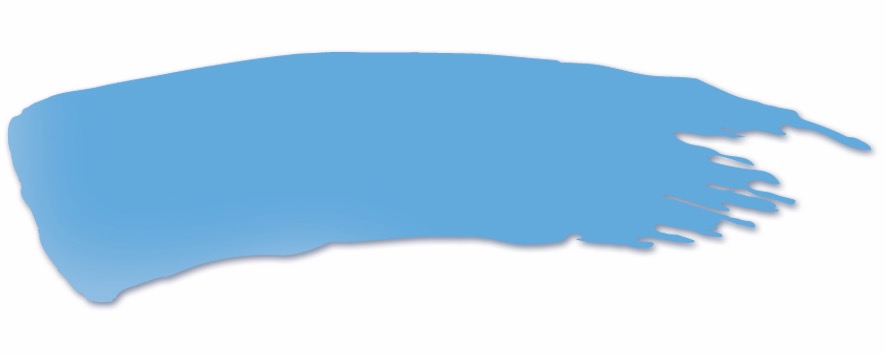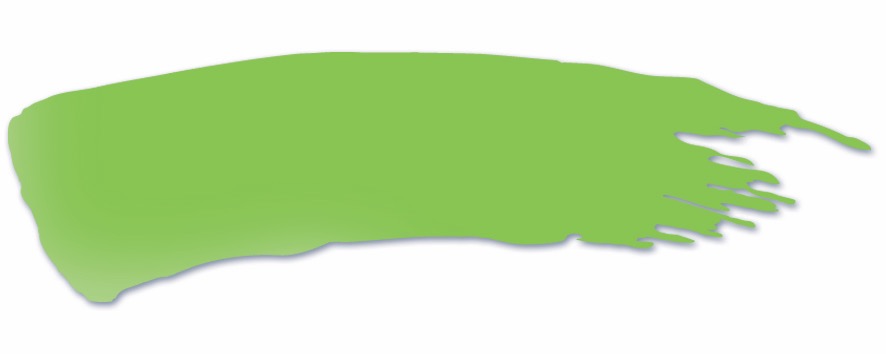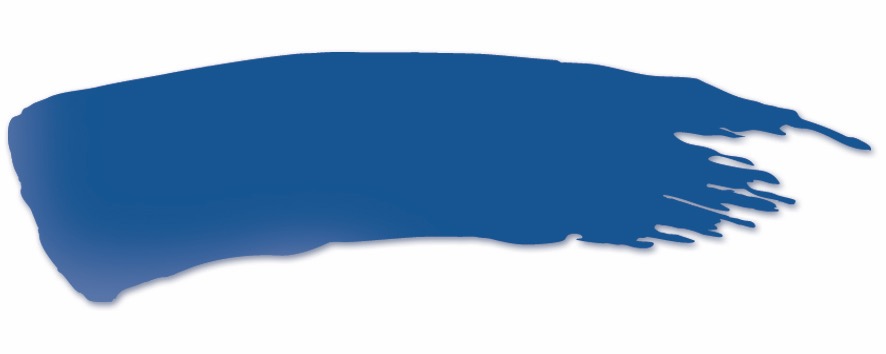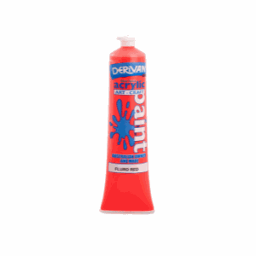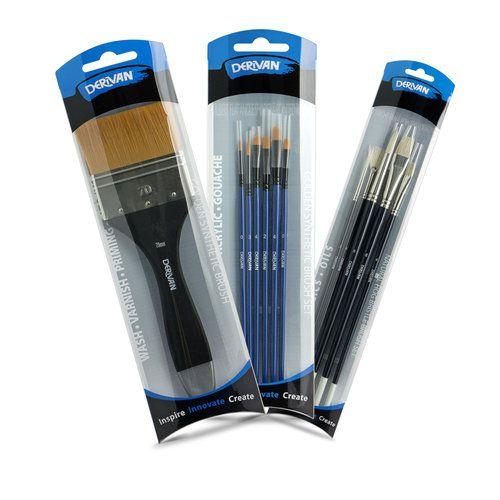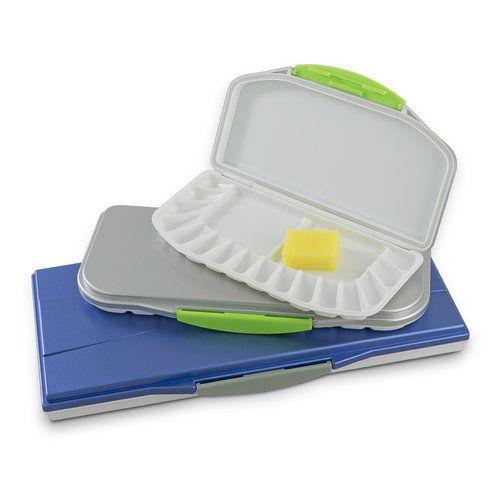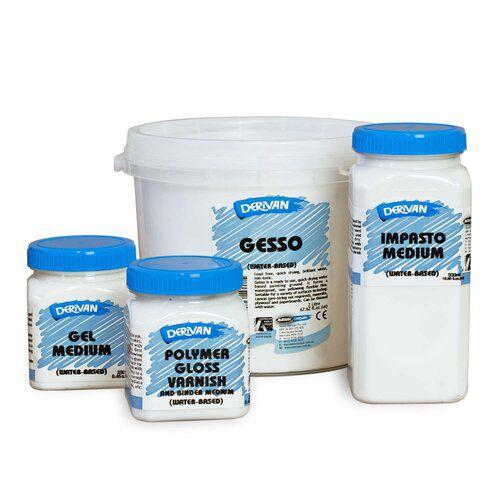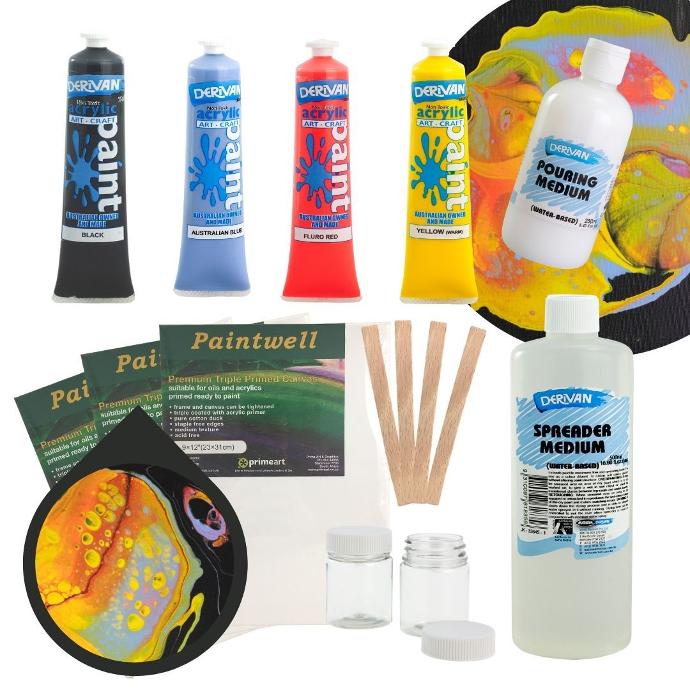Durable, Versatile & Affordable.
About Derivan Acrylic Paint Range
Are you looking for the best acrylic paint on the market?
Recognised by artists and educators
Derivan Acrylics are recognised by artists and educators worldwide for their superior quality, permanence, lightfastness and covering power. Derivan paints are available in a wide range of colours with an extensive range of matching acrylic mediums
For every level of artistic ability
The Derivan acrylic paint ranges offer something special for every level of artistic ability. From the professional artist, hobbyist or school children, you are bound to find an acrylic appropriate to your needs.
Read on to see why Derivan is the industry standard in acrylic painting!



What is Acrylic Binder?
So back to what is acrylic paint? Acrylic paint is made up of acrylic, the pigment and the water, which helps these two things that are basically solids flow out, and we can manipulate and turn these solids into flowing paint. The acrylic binder is on a microscopic level tiny beads of plastic enveloped or surrounded by a chemical called coalescent. This coalescent allows them as the paint dries for the water to come out evaporate out and those tiny beads to be pushed together against each other. The coalescent allows them to bind together chemically. Once the paint has cured it, this now gives us the structure to hold the pigment onto the substrate so the pigment impregnates the plastic and creates a film, and that's what acrylic is when acrylic is dry.
What is acrylic paint?
Acrylic paints are made up of three components. The binder is acrylic, the pigments are the colourant, and the water is the vehicle. The materials in these paints make it different from other types of paint, like oil paint and watercolour.
Acrylic Paint vs Watercolour Paint vs Oil Paints
If we were to talk about what watercolours the binder is, gum arabic pigment is pigment, and the vehicle is water. And if we're to talk about oil paints, the binder is the oil, and the pigment is the pigment; the vehicle is also the oil, which serves two purposes.
What is acrylic paint?
Acrylic paints are made up of three components. The binder is acrylic, the pigments are the colourant, and the water is the vehicle. The materials in these paints make it different from other types of paint, like oil paint and watercolour.

How To Make Acrylic Thicker
Alternatively, you can go completely the other way and use it in a thick heavy bodied manner to get a real impasto or relief finish.
This allows you to build a high surface without fear of cracking, which might happen with something like oils.

Are Acrylics Water Fast?
When the acrylic paints are dry, they remain water fast, so in other words, they won't wash back off again. this is a benefit over watercolour, for instance, that that will redissolve.
The acrylics dry pretty quickly compared to, say, oils, so it allows you to move forward and progress through your work quite quickly. The versatility of application with acrylics means that you can work in a watercolour technique reducing the colours right down get a watercolour type effect.
But acrylics versatility don't stop there. They can be applied to just about any surface. All porous surfaces can be used it's a good idea sometimes to put down a sealer first. If you're painting on terra cotta or something that's porous you can paint onto non-porous surfaces as well, such as glass or plastic. Once again, actually using an adhesion promoter like clear sealer or polymer gloss varnish first put a layer of that down to give good adhesion between the paint surface and the actual substrate.
You can paint on fabric, wood, cardboard, paper, canvas, concrete bricks, just about anything.
Acrylics are fantastic for mixed media. The acrylic can even be used by itself to make sheets of acrylic that can then be folded or moulded and used in a sculptural type effect and certainly any mixed media type works, so there you are a brief explanation of what acrylic paints are
Types Of Derivan Acrylic Paint
The Difference Between Artist & Student Acrylic Paints
Which One Is Right For You?
Acrylic paints are ideal for beginners and experts alike. But which kind should you use? That depends on your budget, comfort level and artistic goals.
Acrylic paint is so versatile that artists can use it at any level. So whether you're a beginner, intermediate or experienced acrylic artist, we have an acrylic paint that will work for you. You can also find acrylic paints in various colours and finishes, giving you the ability to create nearly any type of art imaginable.
In the Derivan Range, we have three ranges of acrylic paint

Derivan Acrylic
Derivan Acrylic is what's called an Artist Acrylic it is the best acrylic for artists who want to paint with archival qualities. this paint is a heavy body paint and It has a great consistency, perfect for blending, and it never dulls. This acrylic paint will keep your brush strokes light and bright. The quality of Derivan Acrylic paint is unmatched by other acrylic paints.
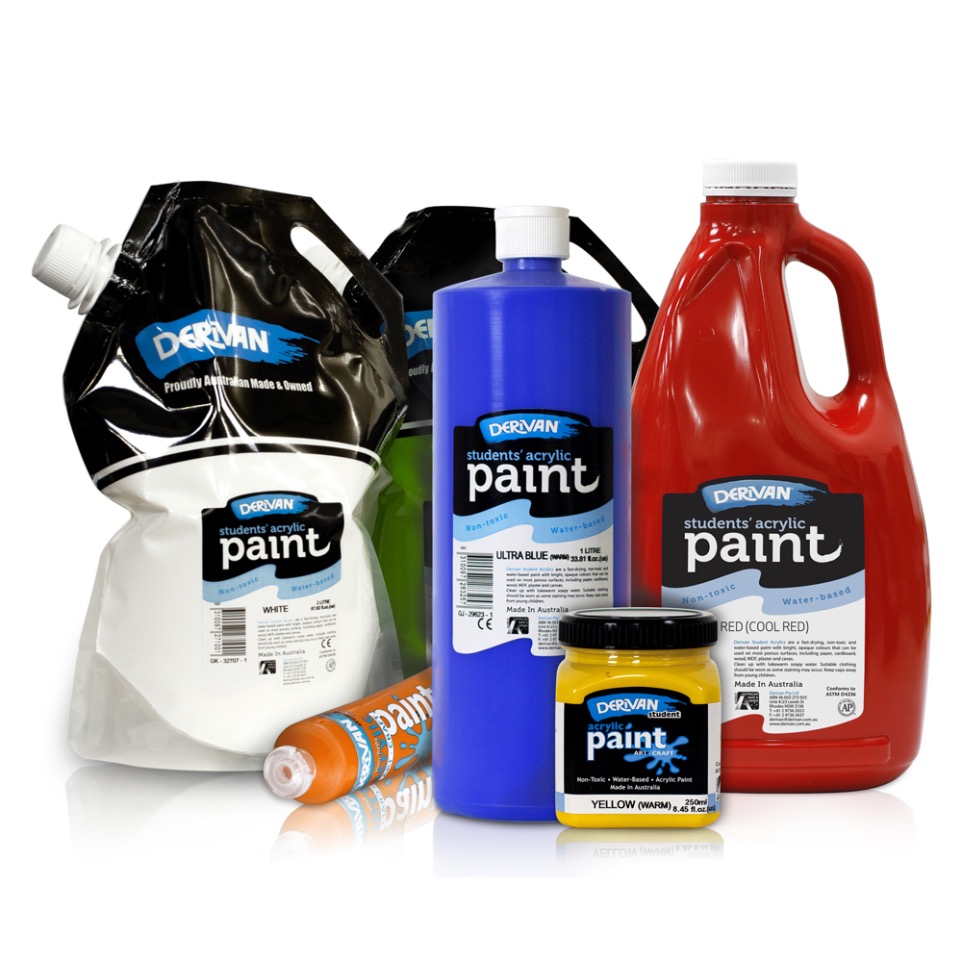
Derivan Students
Derivan Students is an all-in-one product that will give you the perfect paint for any project.
Students acrylics are Just the right balance of colour strength and diversity of colour range to achieve any style of painting, printmaking or craft as the artist discovers painting and all its techniques. Or for someone who just wants to cover something in colour! Derivan Student paints are a great option for use in schools.

Derivan Challenge
Derivan Challenge - If you are looking for inexpensive acrylic paint that is versatile enough to use on any surface, then Derivan Challenge is perfect. Challenge Acrylics can be used on porous surfaces like canvas and paper and non-porous surfaces like wood, plastic, metal, ceramics, and glass. Derivan Challenge paints are a great budget option for use in schools.
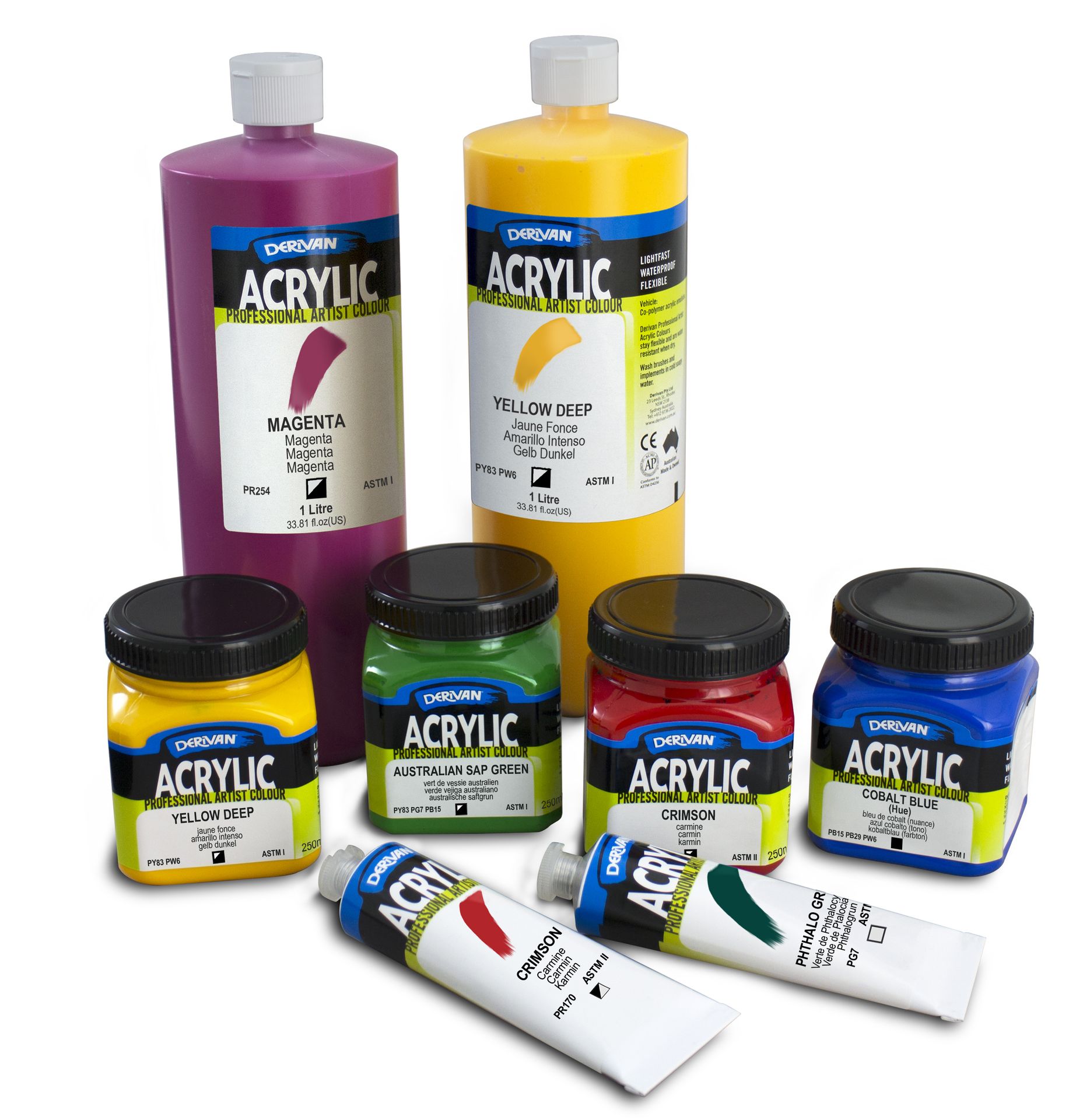
Derivan Professional Acrylic
Lightfast, Professional Acrylic Paint
Derivan Acrylic is a professional range of acrylic colours designed to resist water and light. The Derivan Acrylic range is equivalent to most professional paints in terms of resistance and colour permanence, but it is much more affordable.
Although Derivan Acrylic is a unique price in the entire range, the 24 AVAILABLE COLOURS, including the unique Australian colours, cover the full spectrum requested by the artists. Derivan Acrylic can be used in combination with the Derivan Painting Mediums range, or, for a wider choice of mediums, with the Matisse Mediums range. Derivan Acrylic will give equally fantastic results used as a thick impasto paint or with the use of water and mediums as a watercolour, screen printing ink on paper, airbrushing, or fabric paint. The complete range of Derivan Acrylic is available in 75 ml metal tubes, 250 ml wide opening jars and 1-litre bottles.
Our acrylic artist paintings have always been popular. At Derivan, we are always looking to improve our products and that is exactly what we have done with this product. We have re-evaluated some of the formulas and integrated them into a new range of colour systems.
This new system includes not only acrylic paint, but also watercolour and oil paint (soon available). As part of this system, the Derivan Acrylic acrylic colour range is consistent on two other different substrates, watercolours and oils.
Why a consistent range of colours for three different types of paint? This can be particularly useful when creating a multimedia project with single-colour colours, or for oil painters who prefer to apply acrylic layers before adding oil paint. It also encourages artists to experiment with colours they like, but in different formulations.
All Derivan acrylics are also packaged in new lightweight metal tubes. Plastic tubes tend to return to their original shape after being compressed, sucking air into the tube. Over time, acrylic paint can thicken. The metal tubes retain their "compressed" shape, which also minimizes exposure to air and allows the artist to flatten the tube and access the last remaining paint.
So, while we updated the tube, we kept our transparent cap and a dried sample of the actual paint color will appear on the labels of each tube.
Derivan Acrylic is formulated to be used by higher education students and artists as a full-bodied acrylic colour. Derivan Acrylic can also be used in conjunction with various media to produce silkscreens, watercolour techniques, airbrushing and painting on fabric
All colours can be mixed to form bright secondary and tertiary colours. They will not get confused like some brands of acrylic paints in this category.
Wash all utensils, brushes and hands with water and soap to clean.
As Derivan acrylic is a professional quality paint, it is difficult to remove it from clothes once dry. We advise to wash the stains immediately with cold water and Marseille soap, taking care not to spread the stain. Dry stains should be soaked overnight in warm soapy water. Do not use hot water, chemical solvents or thinners.
Light resistance is the ability of the paint to retain its colour (or not fade) over time due to prolonged exposure to light that can cause a chemical change in the pigment. Ultraviolet light, which is one of the most destructive wavelengths, can very quickly damage pigments that are not resistant to light.
Permanence is the intrinsic chemical stability of pigments against chemical or environmental factors such as light, heat, water, acids, moulds, etc.
The light resistance of the paint is evaluated or measured according to several different standards, but the most popular ones are:
ASTM (ASTM International): ASTM 4303(*) is a procedure or standard for the evaluation of artists' pigments. Ratings range from ASTM I to ASTM V, with pigments rated ASTM I considered to have excellent light fastness qualities (pigments will remain unchanged for more than 100 years) and those rated ASTM III-V considered impermanent or fugitive (not considered for artistic use).
BWS (Blue Wool Scale): The Blue Wool Scale was developed to compare the light fastness of dyes for fabric processing. The scale ranges from BWS 8 (excellent light fastness) to BWS 1 (fugitive).
For a painting to be considered artistic quality, it must be light stable or permanent, with an ASTM I or ASTM II rating and/or a BWS rating of 8-7 or BWS 6.
Derivan acrylic pigments are all classified ASTM I or ASTM II, which means they are permanent.
(*)ASTM4303 - Standard test methods for the light fastness of dyes used in artists' materials. It describes the accepted industry standards for performing light resistance tests with sunlight, fluorescent lamps, a xenon arc fadeometer, cold white fluorescent lamps or fluorescent UV lamps.
Derivan Acrylic is a non-toxic water-based acrylic paint that bears the certification seal of the Arts and Craft Materials Institute of the United States (AP Label), which is safe for artists to use. The Derivan Acrylic range contains no heavy metals, lead or toxic solvents. Even if it is not toxic, it is advisable to keep it out of the reach of young children as it has very strong binding properties.

ACRYLIC PROJECT IDEAS
What ever your skill level our in-house Derivan artists have designed Step-by-step examples to walk you through your next masterpiece.
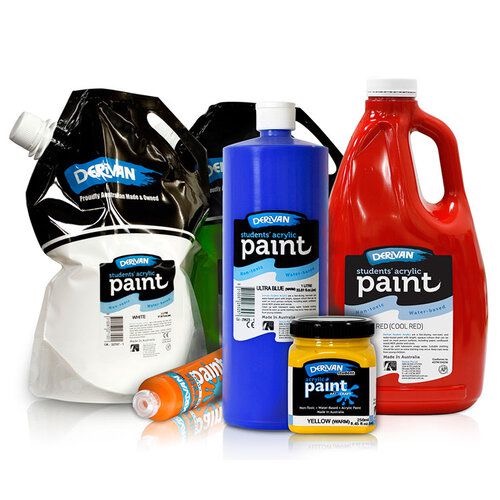
Student Acrylic Paint
AUSTRALIAN MADE ACRYLIC PAINT
High-Quality Acrylic Paint
Great for colour mixing exercises
Derivan Student Acrylic is a high-quality acrylic paint. For general art education. Great for teaching colour mixing, producing strong pure secondary and tertiary colours. Smooth buttery consistency. Can be used for screen printing, block printing and painting from impasto to water-colour effects.
Derivan Student has been manufactured since 1964. As part of our commitment to producing only the best products, Derivan Student acrylic is made using a pure acrylic binder giving you the advantage of a quality acrylic paint at a student price. The full range consists of 40 COLOURSincluding 25 standard colours - primaries (cool and warm), secondary and tertiary - 2 metallic, 6 glitter and 7 fluorescent colours.
All colours are available in 75ml tubes. Selected colours are also available in 250ml jars, 1 Litre and 2 Litre bottles and 2 Litre Eco-Paks (soft pouch)
DOWNLOAD COLOUR CHART HERE
Available in 40 Brilliant colours
Derivan Student Acrylic Paints are ideal for a wide range of art and craft applications for the beginner through to the advanced artist or crafter. Whether adding a splash of colour to your craft project, or creating your own masterpiece on canvas, Derivan Student Acrylics have the versatility for a broad range of painting techniques. Derivan Student is a fast drying, non-toxic and water-based paint with bright, opaque colours that can be used on most porous surfaces, including paper, cardboard, wood, MDF, plaster and canvas.
Use straight from the tubes. Water is suitable for dilution or clean-up. Both gloss and water resistance are greatly improved by additions of Derivan polymer Varnish to the paint.
Wash all utensils, brushes and hands with water and soap to clean.
Derivan Student Acrylic Paint is available in two distinctive sets, an intro starter pack of primary colours and a pack containing a selection of cool and warm colours and tones, to allow easy identifying and learning the basics of colour mixing.
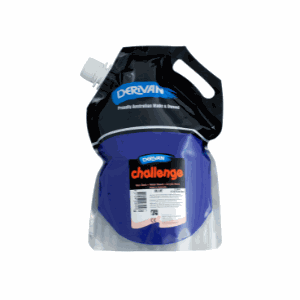 Derivan Challenge
Derivan Challenge
VERSATILE AND ECONOMICAL ACRYLIC PAINT
Derivan Challenge meets all government and regulatory requirements for toxicity levels. An excellent vehicle to introduce young children to the world of art and painting: safe to use, and easy to clean up after use. 10 COLOURS
Derivan Challenge is a general all-purpose water-based paint.
DOWNLOAD SAFETY DATA SHEET HERE
BUY NOW

Available in 10 Brilliant Colours
Derivan Challenge has been formulated as a safe, non-toxic paint to be used by children for painting, block and potato prints, mono prints, silk screen printin, painting on glass and as a general art education paint. Derivan Challenge can be painted on most porous surfaces including card, cardboard, paper and canvas.
Use straight from the tubes. Water is suitable for dilution or clean-up. Both gloss and water resistance are greatly improved by additions of Derivan polymer Varnish to the paint.
Wash all utensils, brushes and hands with water and soap to clean.
Wet Stains:
Place stained area of garment under a tap of cold running water, holding balance of garment above the stain so that the colour does not spread. After removing the surplus paint, place wet garment on a towel and rub ordinary household soap into the stain working the heavily soaped wet cloth area between your fingers in a rolling action using the thumb and forefinger of each hand on either side of the stain. Do not rub the stain directly. .
Wash the area under cold water and repeat procedure 2 or 3 times till all colouring is removed. Dry out wet garment by wrapping in a towel and twisting to remove excess moisture.
Dried Stains:
Prepare a bucket or sink with lukewarm water, using plenty of household or laundry soap. Immerse the garment and let it soak for 15 minutes to wet out properly.
With the thumb and forefinger of each hand, slowly work the stain in a rolling action thereby releasing the paint and colour into the soapy water. Change the water as necessary and repeat washing action. DO NOT USE HOT WATER. Some stubborn stains may need to be soaked overnight. Derivan children's paints are formulated so that they will swell up and release when submerged in soapy water. Other methods of cleaning will generally only act to drive the stain in deeper. Do not boil, dry clean or use chemical solvents or thinners. Do not iron over a stain. Do not machine wash. Keep stained garments separate from other washing.
Methods of avoiding staining:
Whenever possible, use cheap disposable plastic aprons or old clothing. Try to use only those paint products that are specially formulated by the manufacturers for use by children (such as Derivan Kindergarten and Challenge) /Ration out the paint in small portions to the children rather than have whole bottles knocked over or spilt. If clothes do get paint on them, try to get the paint out as described above while it is still wet. It is much easier to remove wet paint than paint that has dried.
Derivan Challenge should be kept in a cool dark place with the lid securely fastened. To avoid contamination, do not place dirty brushes in the bottle. Simply pour paint into a separate container as required. Stored in the correct conditions and without introduced contamination, Derivan Challenge should keep for several years.
DERIVAN FLURO PAINT
Derivan Fluros are great for creating brightly coloured artworks. which are very bright in ordinary light but glow under black (UV Lights). We have fluro colours in our Derivan Student, Screen Inks and Derivan Face and Body Ranges.

What's the deal with fluro acrylic paint?
The fluorescent pigment in acrylic products is completely man-made. Basically, manufactured fluorescent dye is added to largest amounts of resin that is then left to dry before being ground to a fine powder to form fluorescent pigment. This pigment is then added to a standard paint base.
Although fluorescent paints can look somewhat subdued in ordinary daylight, their glowing qualities are brought to life with the use of a black light, also referred to as a UV (ultraviolet) light. These black lights actually emit large amounts of ultraviolet light that cannot be seen by the naked eye, and as they are perceived as ‘black’. The paint absorbs the ultraviolet light from the bulb and then and re-emits it in visible wavelengths that we see as fluorescent colours.
HISTORY OF ACRYLIC PAINT
In prehistoric times the artists of the day would mix different coloured earths (now known as pigments) into a glue (or binder) which usually consisted of egg or resin from trees, and possibly used a little water (now known as a vehicle) to get a fluid consistency; thus paint was made.
Colourmakers have since tried every conceivable material as a binder and an even larger number of pigments.
The old masters used pigments ground in various oils. This paint served artists well for several centuries. However, in time, it was realised that the very process by which the oils dried was the process that saw the oils crack and peel. This process may take several centuries but is inevitable. Even today, the only sure way known to arrest this process is to apply a coat of solvent-based varnish to the work.
One of the major advances in artist materials is the development of acrylic paint.
Acrylics can be loosely termed as plastic which can be dissolved in solvents or more generally dispersed or emulsified in water. Water-based acrylics provide an extremely versatile glue or binder on which to base paint. These paints have many advantages over their predecessors with very few drawbacks.
For instance, using acrylics in the same manner as watercolours will give light transparent washes and at the same time, acrylics will allow overpainting and glazing without blending in with previous layers. However, if blending is desirable, it is possible to add a medium that will allow the acrylics to re-activate or re-wet (Derivan Drying Retarder).
HOW TO MAKE PAINT STEP BY STEP
There are three key ingredients in paints: the pigment (or colouring), the binder (or glue), and the vehicle (which makes the paint liquid rather than powder and enables the binder and pigments to mix and be applied to a surface). Pigment, binder, and vehicle are the three key ingredients in paints. Other additives prevent the colour from foaming or separating, help matt the colour down and disperse the pigments, slow the drying time, and so on. Acrylics are a type of plastic (and are the binder part). They are dispersed in water (the vehicle), and then the pigments are dispersed in the acrylic.
Want to learn more? go to our How to make paint step by step page


